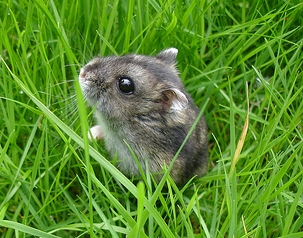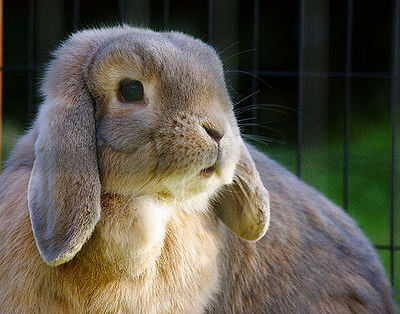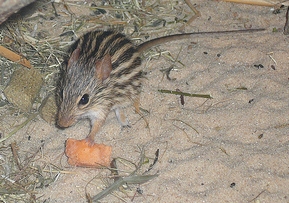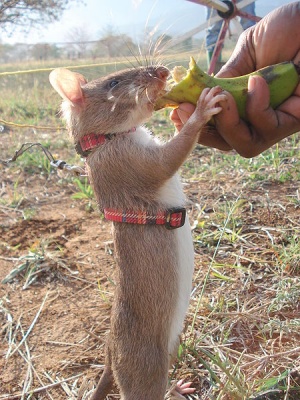
Named after its discoverer, W.C. Campbell, the Campbell Russian Dwarf Hamster is found in Tuva (geographically in Russia and China), in the steppes, in Eastern and Central Asia, the Altay Mountains and Northeast China.
As an adult the Campbell is 4 inches long. All have a dark stripe down the back. Basic colors are grey, brown, cinnamon, albino, blue grey, black and brownish orange with many variations and patterns. Some have irregular white patches or spots.
This hamster can be kept in a 3 foot square wire cage as long as it can’t squeeze through the bars and escape or an aquarium with a cover that admits air. Only use aspen shavings or paper as bedding.
For reasons why you should not choose a modular system such as Rotastak or Habitrail see this external article on Why modular systems are bad for your pets
Since the Campbell enjoys bathing you can purchase sand found in a pet store for this purpose. These hamsters are sociable creatures and more than one can be kept in the same cage when raised together. Activity is usually confined to early morning and early evening. They can be nippy so care should be taken with children.
To keep teeth from growing too long, you can provide them with untreated wood toys and even an occasional dog biscuit. Hamster mixes are available at your pet supplier. You can add vegetables except for onions, potatoes, rhubarb and its leaves, tomato leaves. No pork or kidney beans. Please don’t feed your hamster anything sweet as they are prone to diabetes.
If you plan to breed your pet hamster, there are a few things that should know. Hamsters hit puberty at about 4-5 weeks old. Once they reach that age, they are ready to have litters of their own. Litter sizes can range anywhere from 1-14 babies, but the average is 4. Pups can be weaned from their mothers at about 3-4 weeks old. The gestation period is between 18-21 days. One thing to be careful of, make sure that the mother is not stressed. When over stressed, they have been known to eat their young.
Video



